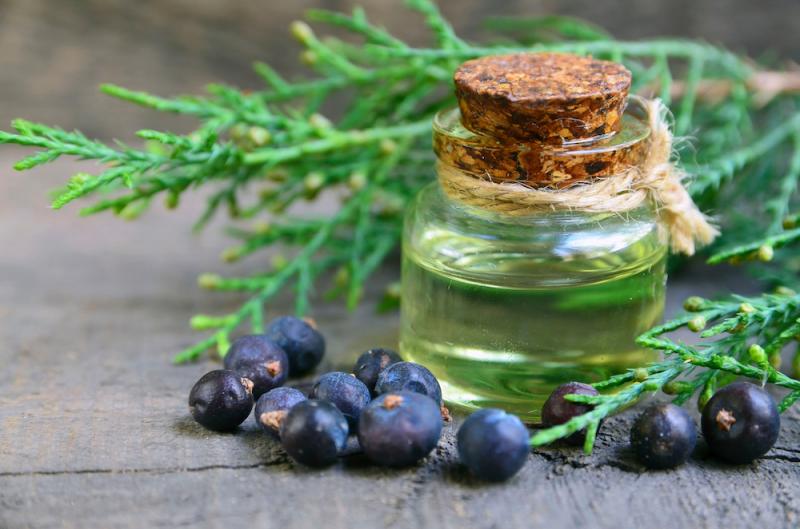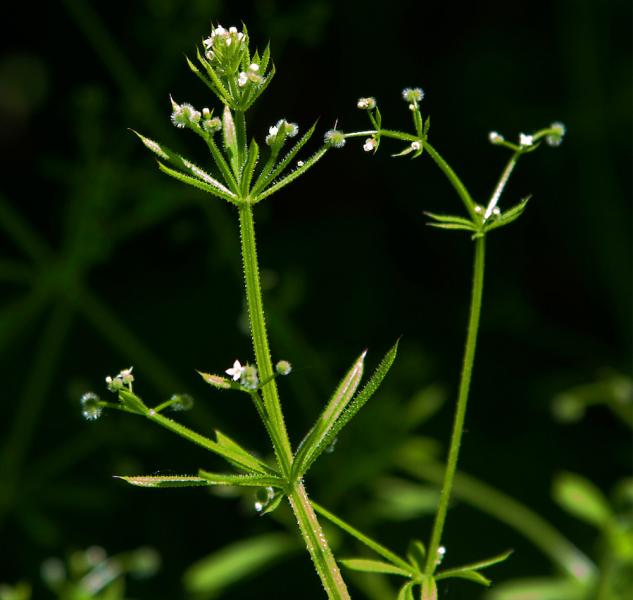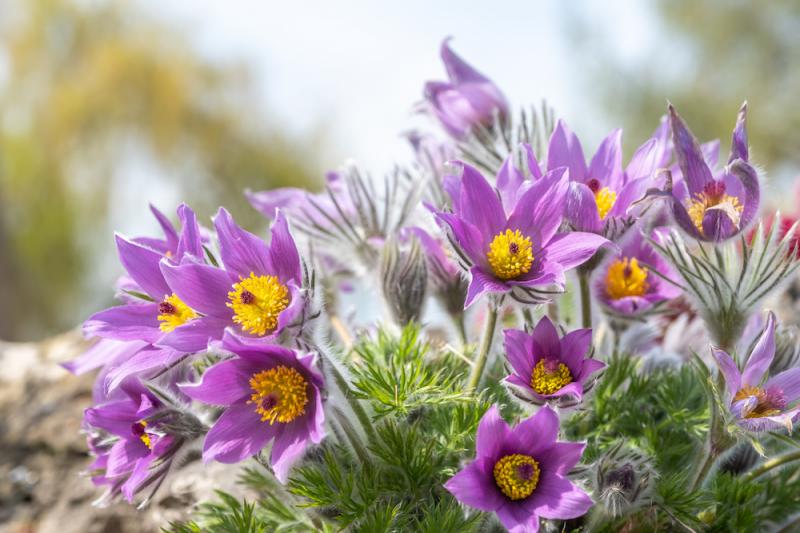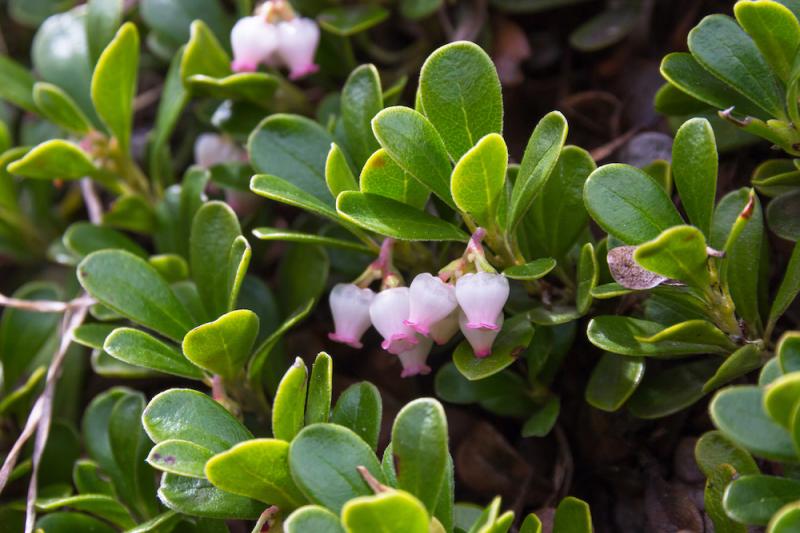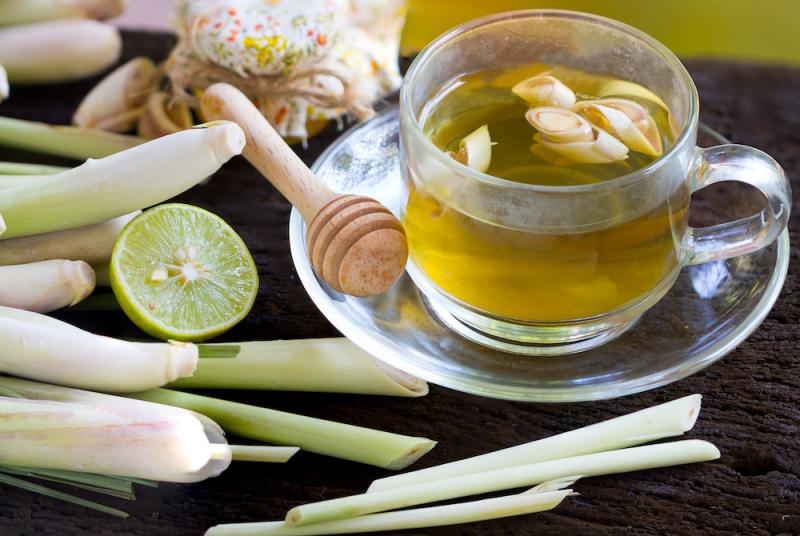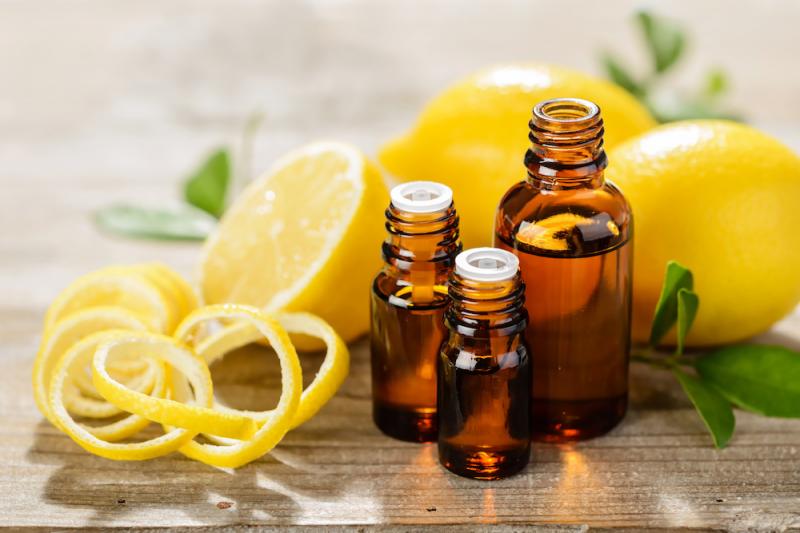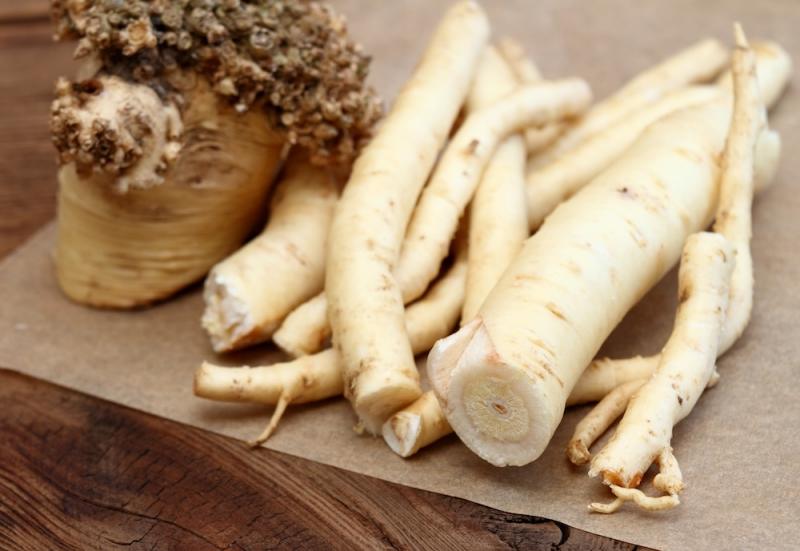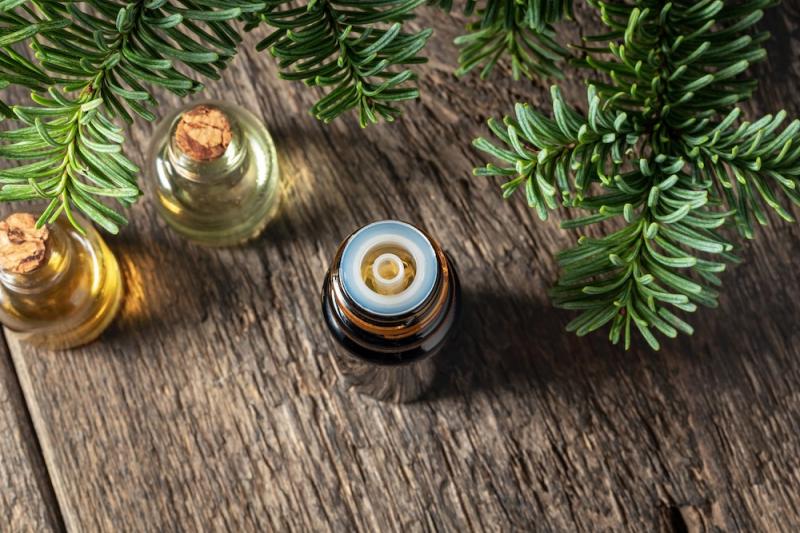- March 7, 2023
Juniper Berries
If you need a good diuretic, juniper berries are a good choice as long as there is no acute inflammation in the urinary system. They stimulate urinary function to relieve edema. Their flavor is strongly aromatic and slightly astringent, giving them warming and drying properties. They’re a very fast-acting and effective diuretic.
- February 21, 2023
Pulsatilla: The Flower of the Wind
Pulsatilla is remedy that can help sensitive, gentle souls who experience extreme emotional states such as sudden weeping, severe anxiety, and panic attacks. It is best used as a homeopathic or flower essense.
- February 14, 2023
Uva Ursi and Manzanitas
These herbs are valuable urinary tract disinfectants and astringents for poison ivy, insect bites, and other injuries. They also can help integrate the spiritual and physical self to become more present.
- February 7, 2023
The Uplifting Qualities of Lemongrass
Do you struggle with feeling sluggish in the morning or unfocused. This refreshing, lemony herb and essential oil can help clear your head and wake you up. It is a useful remedy for pain, infection, indigestion, and mental sluggishness. It has an uplifting quality that is soothing and calming and also has analgesic properties when applied topically.
- January 31, 2023
Lemon's Healing Powers
Cleanse your body and fight infection with the power of lemon. They an alkalizing effect and can help reduce heat, inflammation and fever. Lemon also acts as a tonic for the pancreas and liver. It can help settle an acid stomach and is helpful for acid conditions such as gout, rheumatism, and arthritis.
- January 24, 2023
Codonopsis (Dang Shen)
Codonopsis is a budget friendly alternative to ginseng. This traditional Chinese herb is helpful for the digestive, respiratory and immune systems and can help with poor appetite and wasting diseases. It can also be combined with other herbs to create an effective lung tonic and help to counteract the toxicity and side effects of toxic botanicals and medical drugs.
- January 17, 2023
Fir Trees and Evergreen Botany
Evergreens are a great source of wintertime survival and medicine. The common fur tree can be used as an antiseptic, decongestant and pain reliever.

